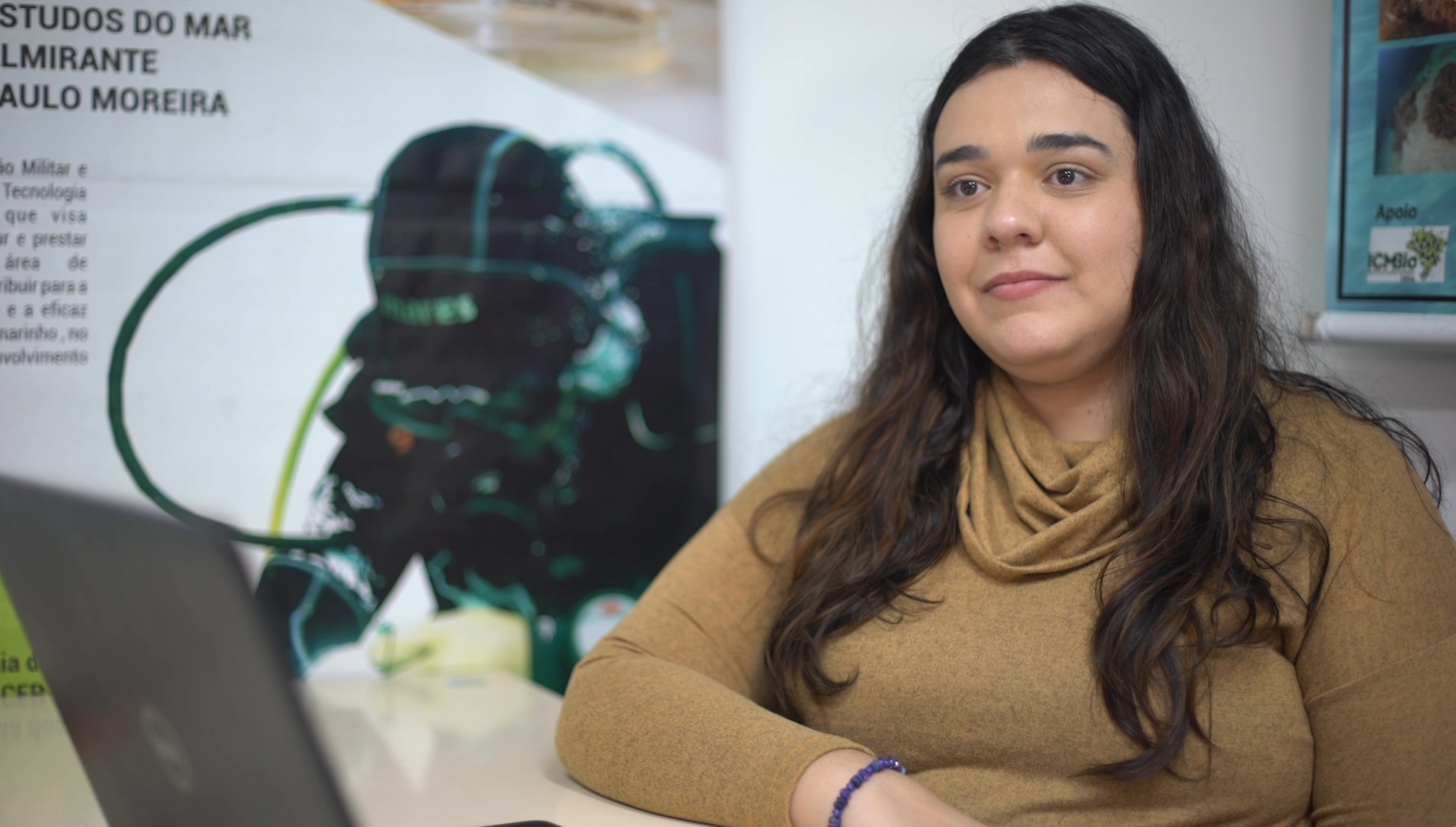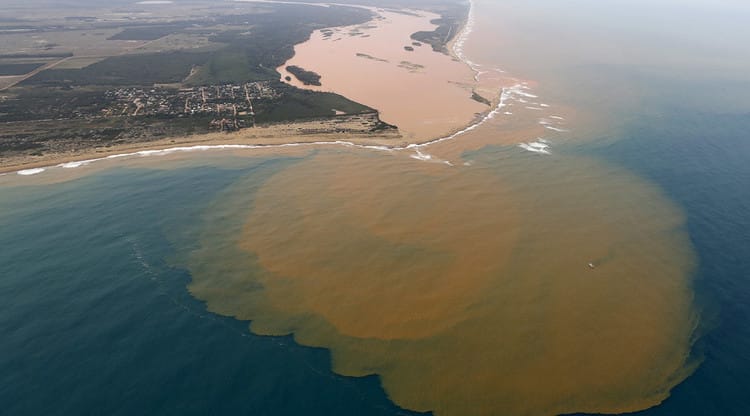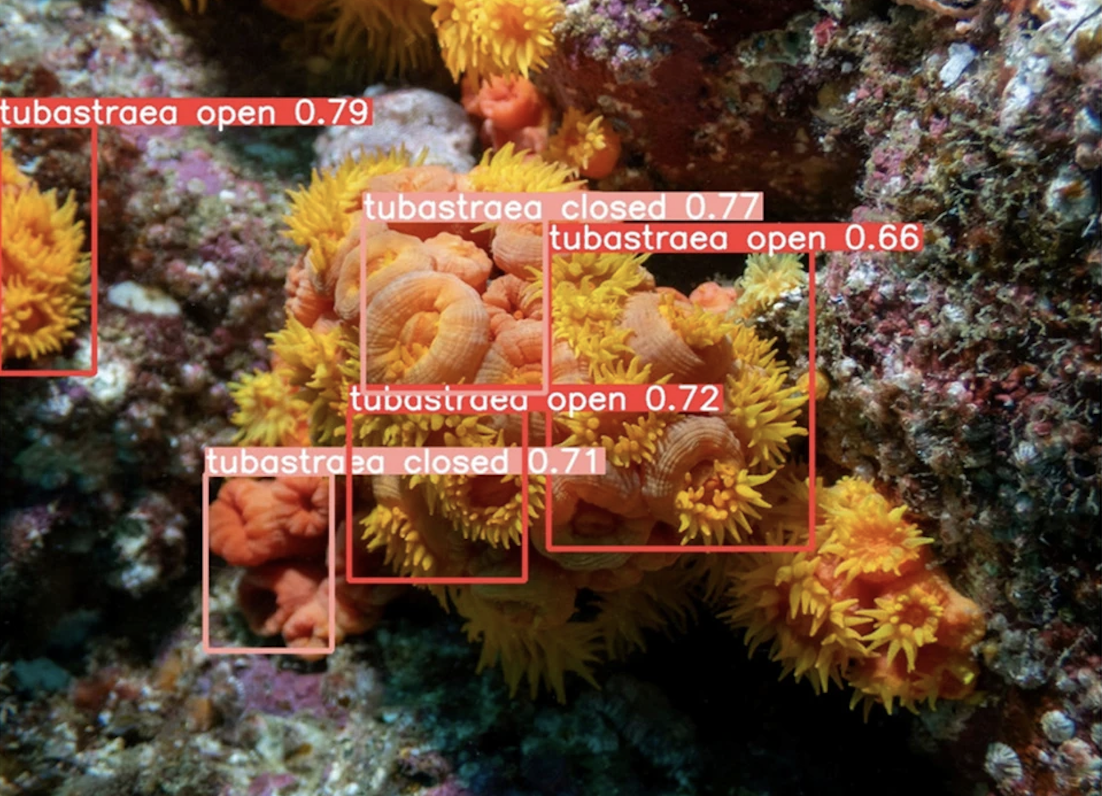#03 Researcher develops a model that uses AI and computer vision to monitor sun coral
This tool can be replicated to monitor other invasive species

Main fact
Researcher Ana Carolina Luz, who works at IEAPM (Admiral Paulo Moreira Institute for Sea Studies), developed from her master’s thesis a model that uses AI (artificial intelligence), machine learning, and computer vision to identify the presence of sun coral, one of the main invasive species on the Brazilian coast that harms marine biodiversity.
“The goal was to accelerate the detection of these species. The idea is to identify sun coral in real time, whether in diving videos, ship hulls, or platforms,” said the researcher in an interview with Correio Sabiá.
YOLO algorithm
The system is based on a model known as YOLO (“You Only Look Once”). According to the researcher:
“The computer vision algorithm stands out for its accuracy and speed in detecting in real time. It analyzes patterns and simulates human visual capability,” she explained.
To train the model, a robust image database was needed. She reported starting with over five hundred images, which were transformed so that the model could understand variations in sun coral.
“I started with 550 images of sun coral and had to apply transformations to reach more than 7,000 [images]. The training took months until achieving reliable metrics.”
In practice, it works as follows:
- Images are captured underwater (via dives, real-time transmission from cameras installed on platforms, or other devices);
- The same images are processed by software that uses AI to highlight potential sun coral colonies.
Detection appears on the computer screen itself: the running program circles samples of sun coral when it detects them.
The researcher can adjust the confidence level of the sample.
“I adjust the model’s confidence and it displays detections, whether in video, image, or even live with an underwater camera,” she said while demonstrating the software at a computer in an IEAPM lab in Arraial do Cabo.
Correio Sabiá was in Arraial do Cabo conducting scuba dives in areas with sun coral. The report recorded videos with a GoPro 11 Black Edition, and the footage is part of the documentary we are producing about this invasive species on YouTube. The audiovisual piece was in the final production stage as of the latest update of this content.
To test the model developed by the researcher, we used in the lab the same images collected in our dives. The software perfectly identified points on the rocky shoreline with the presence of sun coral and began marking squares where it recognized the species. At the same time, the program also indicated the probability that it was indeed sun coral.
Navy hosts research on sun coral
Lieutenant Commander Sávio Calazans from IEAPM told Correio Sabiá that several Navy research fronts use artificial intelligence.
“It’s programming that accelerates data analysis and pattern identification. We already use it in studies of invasive species and environmental monitoring,” he said.
During Correio Sabiá’s visit to IEAPM facilities, specimens of sun coral were kept in tanks for controlled tests.
“Here we cultivate specimens and use computational analyses to speed up the identification of morphological and genetic patterns. This prevents a researcher from having to spend hours manually analyzing,” he explained.
Need for regulatory updates to include computer vision
Despite the research advances, Ana Carolina Luz highlighted that the use of AI still needs to be incorporated into official management plans. According to her, there are already appropriate laws to control sun coral. However, regulatory updates are needed to include computer vision in control and monitoring mechanisms.
“There are already laws addressing sun coral control. AI can help with early detection and provide quick responses to decision-makers,” she said.
Potential beyond sun coral
Ana Carolina Luz also believes that the modeling can be replicated for other environmental challenges, such as monitoring other species. That is, once the model identifies sun coral, why couldn’t it identify other species?
“This model can be replicated for other invasive species such as mussels, or even to detect microplastics and bacteria,” she said.
Such an expansion would pave the way for an integrated marine monitoring system using artificial intelligence to identify threats on multiple fronts.
Support from the Earth Journalism Network
The series of reports “Sun Coral, an Invasive Species on the Brazilian Coast” is a production by Correio Sabiá and Ocean with support from the Earth Journalism Network.
This is because the founder of Correio Sabiá and Ocean, journalist Maurício Ferro, was one of the 16 selected in a global call by the Earth Journalism Network, being the only Brazilian in the group.
Throughout these days, readers will find information about this invasive species in bilingual versions (Portuguese and English). There will also be an audiovisual production to be released on the Correio Sabiá YouTube channel.
Autor

Jornalista e empreendedor. Criador/CEO do Correio Sabiá. Emerging Media Leader (2020) pelo ICFJ. Cobriu a Presidência da República.
Inscreva-se nas newsletters do Correio Sabiá.
Mantenha-se atualizado com nossa coleção selecionada das principais matérias.



